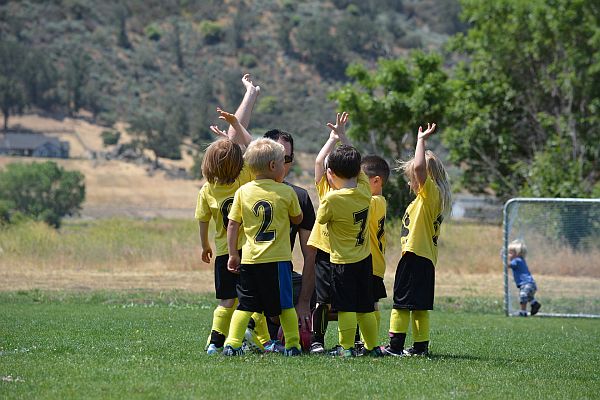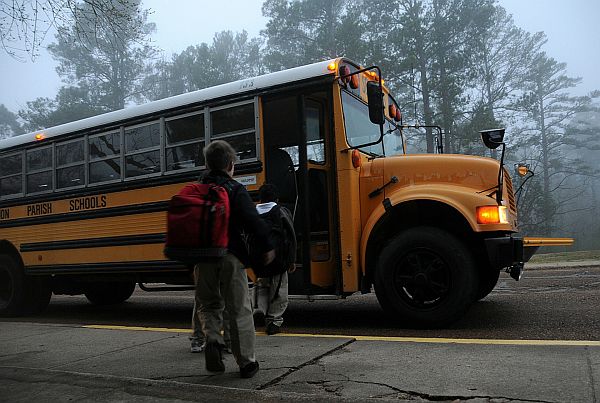
![]()
If your doctor recommends the use of medication the next step is to encourage your child to take the medicine. Asthma is one of the main causes for emergency room visits by children. Yet studies have shown that up to half of these hospitalizations may be preventable if children, particularly teenagers, followed their medication schedule correctly, avoided their asthma triggers and made regular visits to the doctor.

Perhaps fear of side effects or dependency, or an impression that it is uncool to be seen taking medicines is preventing children taking their medication as regularly as they should. Perhaps intermittent asthma symptoms persuade children and their parents that it is not important to take medication if there are no symptoms. This is a mistake. Even when there are no obvious symptoms an asthmatic’s lungs will be inflamed to some degree.

The fact that the condition seems to run in families with a history of asthma or allergies suggests that certain people are born with a predisposition to asthma. Some may believe you are born with the condition and there is nothing you can do. However a child’s environment can also play an important role. Studies have found that exposure to potential allergens like pets and pollen in the first six months of life may reduce the chance of developing asthma later. However exposure beyond six months of age has the opposite effect. Being born into a family that already has siblings also seems to reduce the chance of developing asthma.
It is known that children are more susceptible to viral and allergic triggers than adults. An important step in controlling your child’s asthma is identifying the triggers and teaching your child how to recognize their asthma triggers and avoid them. One possible trigger is ibuprofen, with over 100,000 children susceptible to asthma symptoms brought on by the drug.

Children tend to spend more time outside during the summer vacation. If pollen or high levels of ozone trigger your child’s asthma you need to monitor these. Physical exercise is a common trigger of childhood asthma. Teach your child to take medication if necessary, and do warm up exercises before strenuous activity and wind down exercises after.If your child is going away to camp during the vacation make sure those in charge are aware of your child’s asthma management and action plans. There are camps designed specifically for asthma sufferers in the U.S. and Canada.
It is essential to have a written action plan that clearly states what medication to take and when, as well as how to respond to an asthma attack. You or your child may not remember what to do at a time when it may be difficult for them to breathe, so it is essential to have the important details in writing.It is important you and your child remain calm during an attack as panic can produce more breathing difficulties. A parent’s instinct may be to cuddle their child, but that would constrict the chest further.If asthma is diagnosed your next step is to inform your child’s school. Every school should allow access to asthma medication and some allow children to carry and self-administer their asthma medication if certain requirements are met.

Whilst we’re talking about schools here’s one often overlooked childhood asthma trigger. School buses are major sources of pollution, and studies show children who ride them are exposed to five to fifteen times as much asthma triggering particulates inside the buses compared to outside. New Jersey recently passed a law requiring retrofitting of school buses and municipal vehicles to clean up tailpipe emissions. Is your state doing the same?
Remember, if asthma is confirmed you need to educate yourself. According to the experts knowledge is the best prescription. To stop the disease affecting your child’s life you need to know how to monitor and manage asthma. This will mean knowing how to use medications correctly, whether your child’s attacks are triggered by allergens and if so how to reduce exposure to them, and the lifestyle changes that will help your child prevent attacks.
Despite being a widespread disease there are still plenty of myths about asthma. One of the most damaging of these for children is the belief that the condition will improve every seven years or can even disappear completely. Unfortunately, any apparent improvement is probably due to hormonal changes as the child’s immune system matures. The underlying condition does not go away and not managing it can lead to long-term lung damage.
Itohan Omeike
Wife, Mom, Blogger, Saxophonist, Programmer/Web Developer, Business Mogul, and Most Especially Lover Of God.
